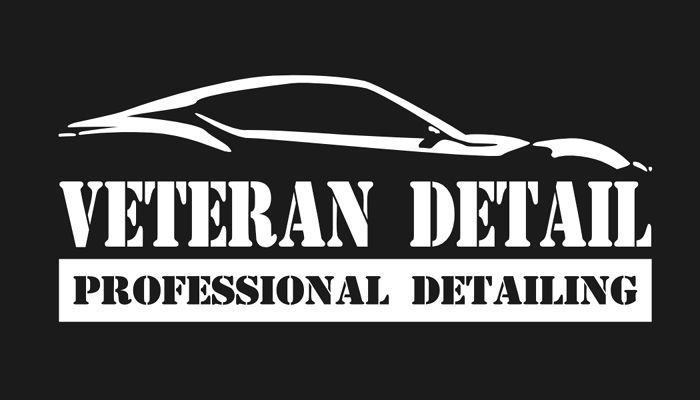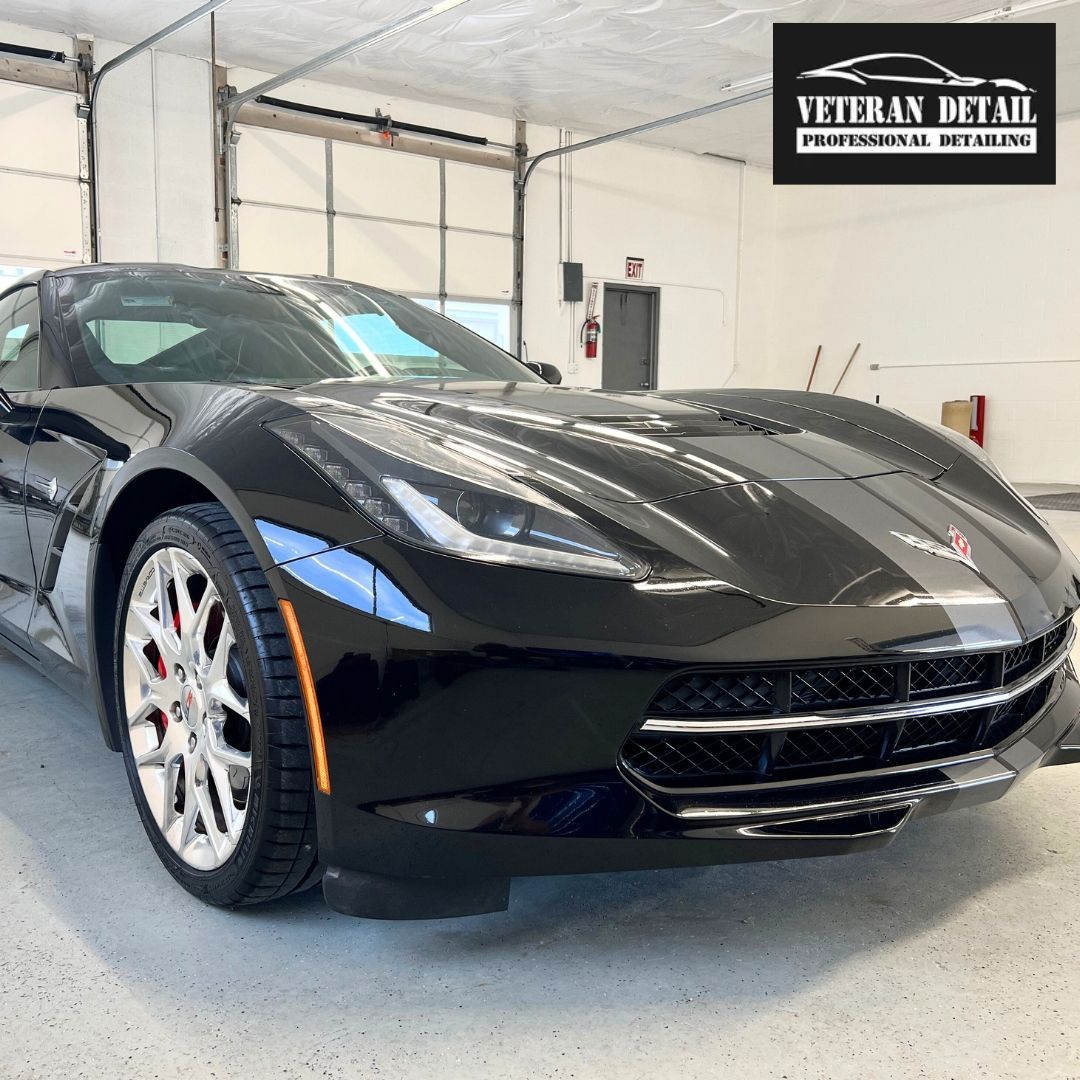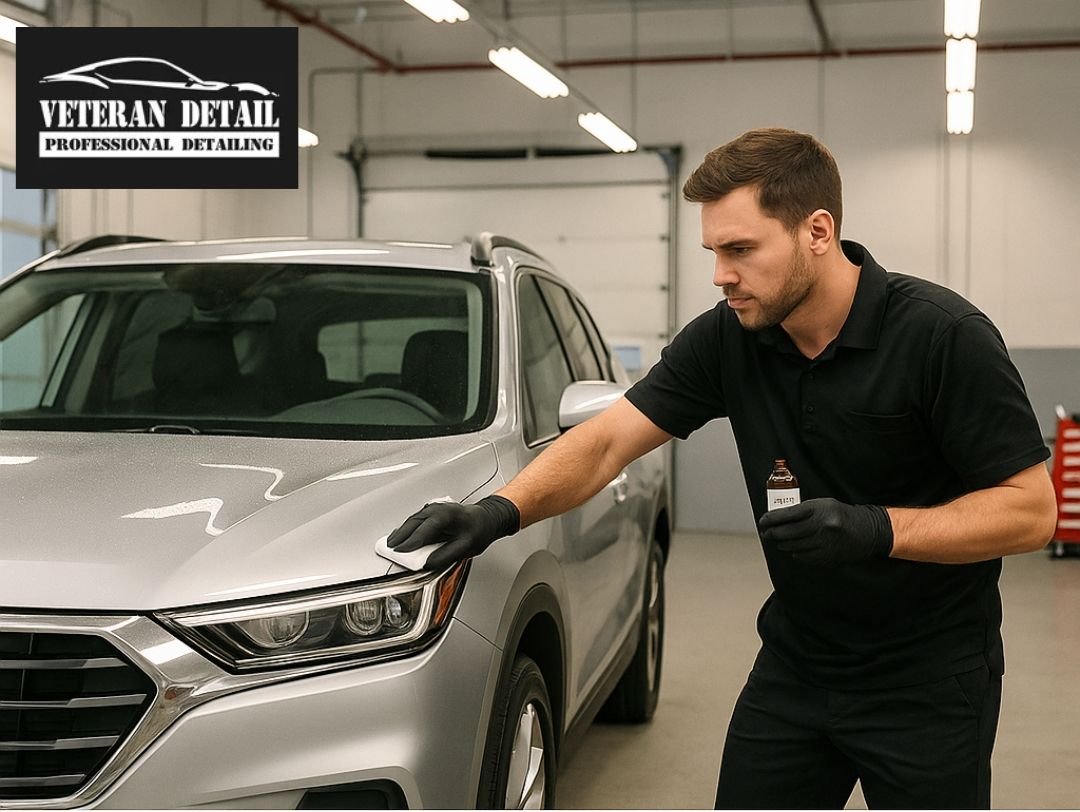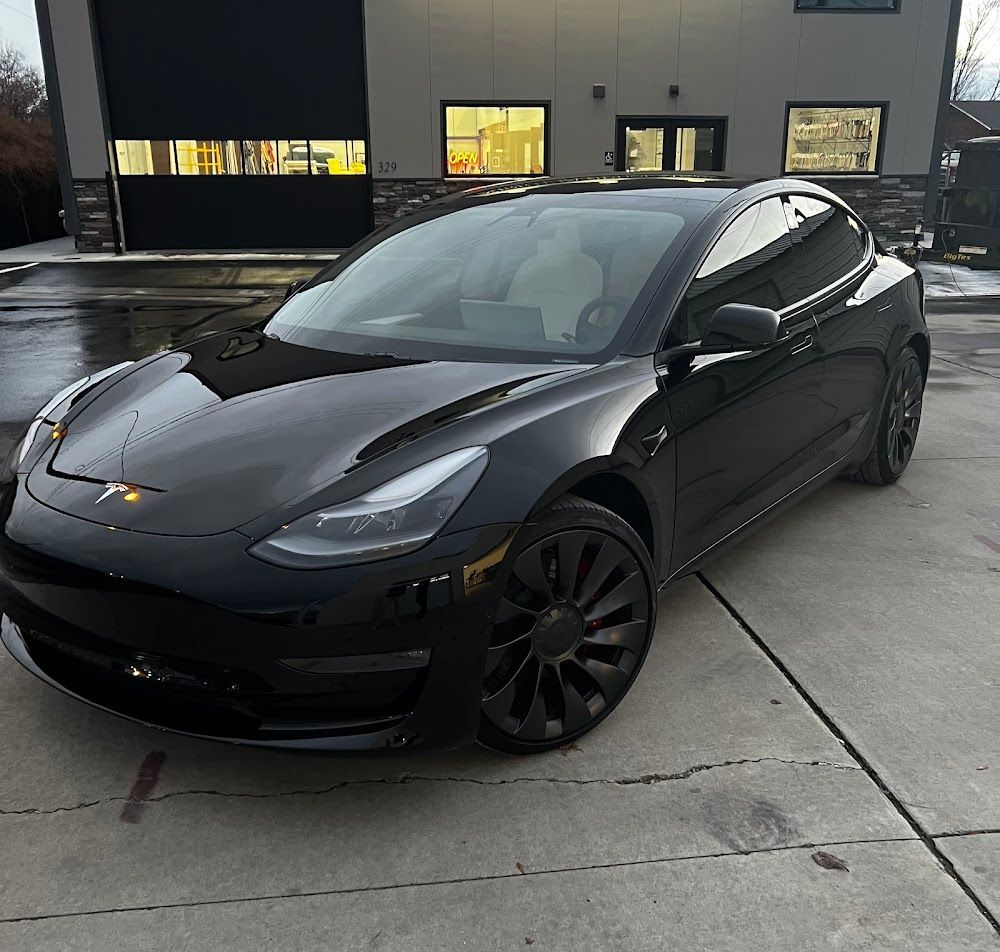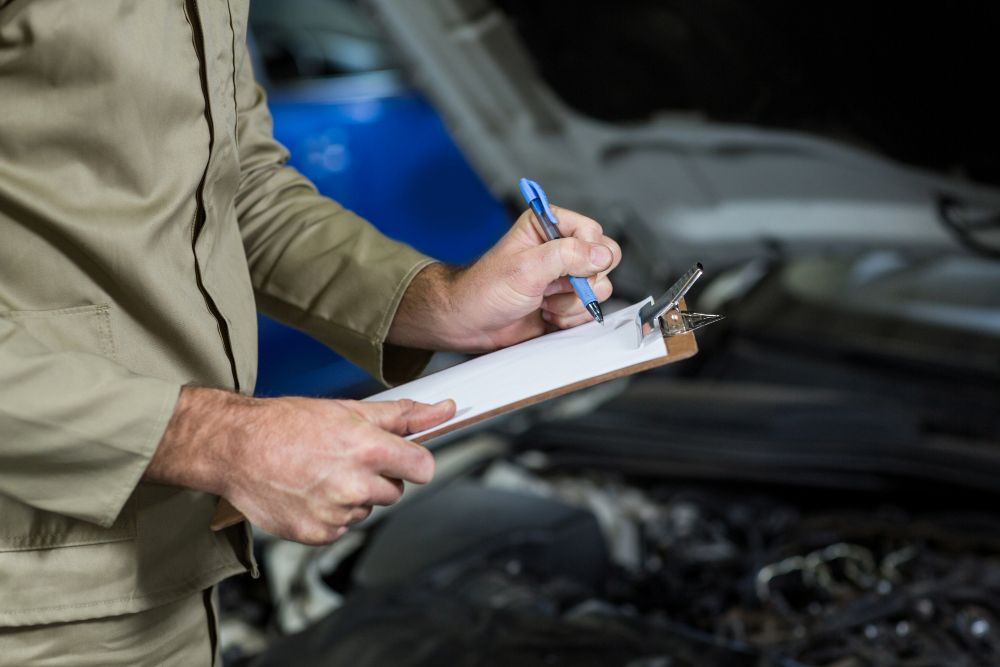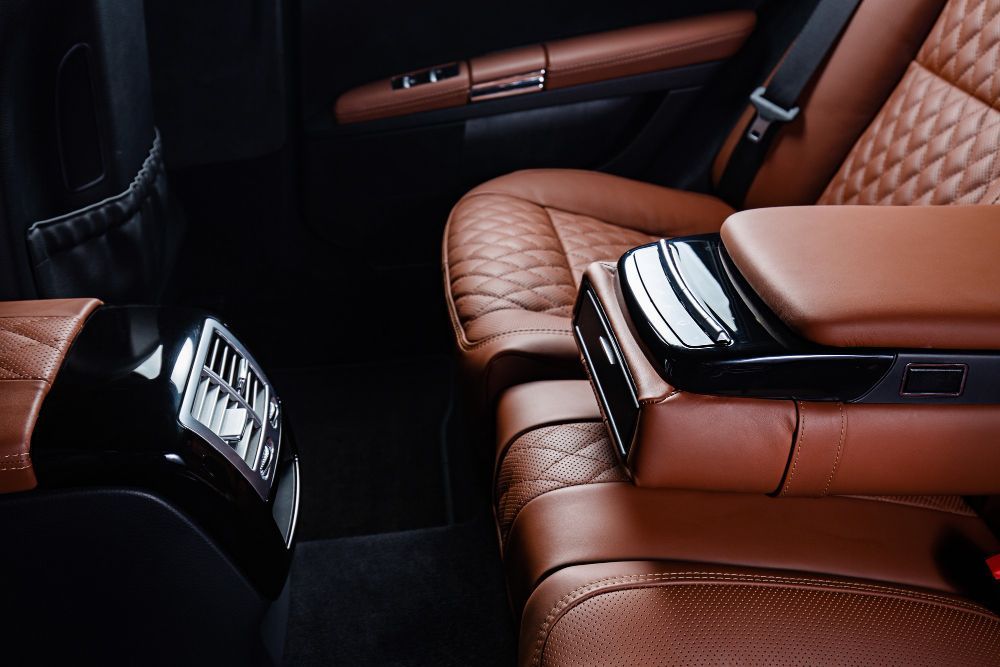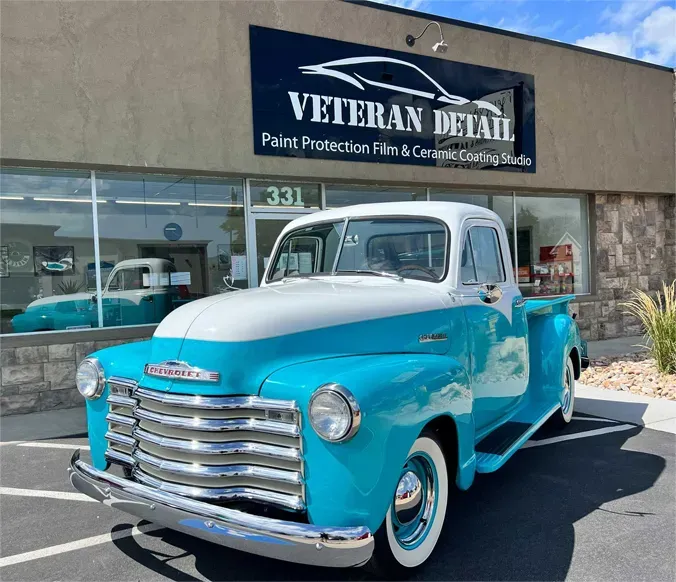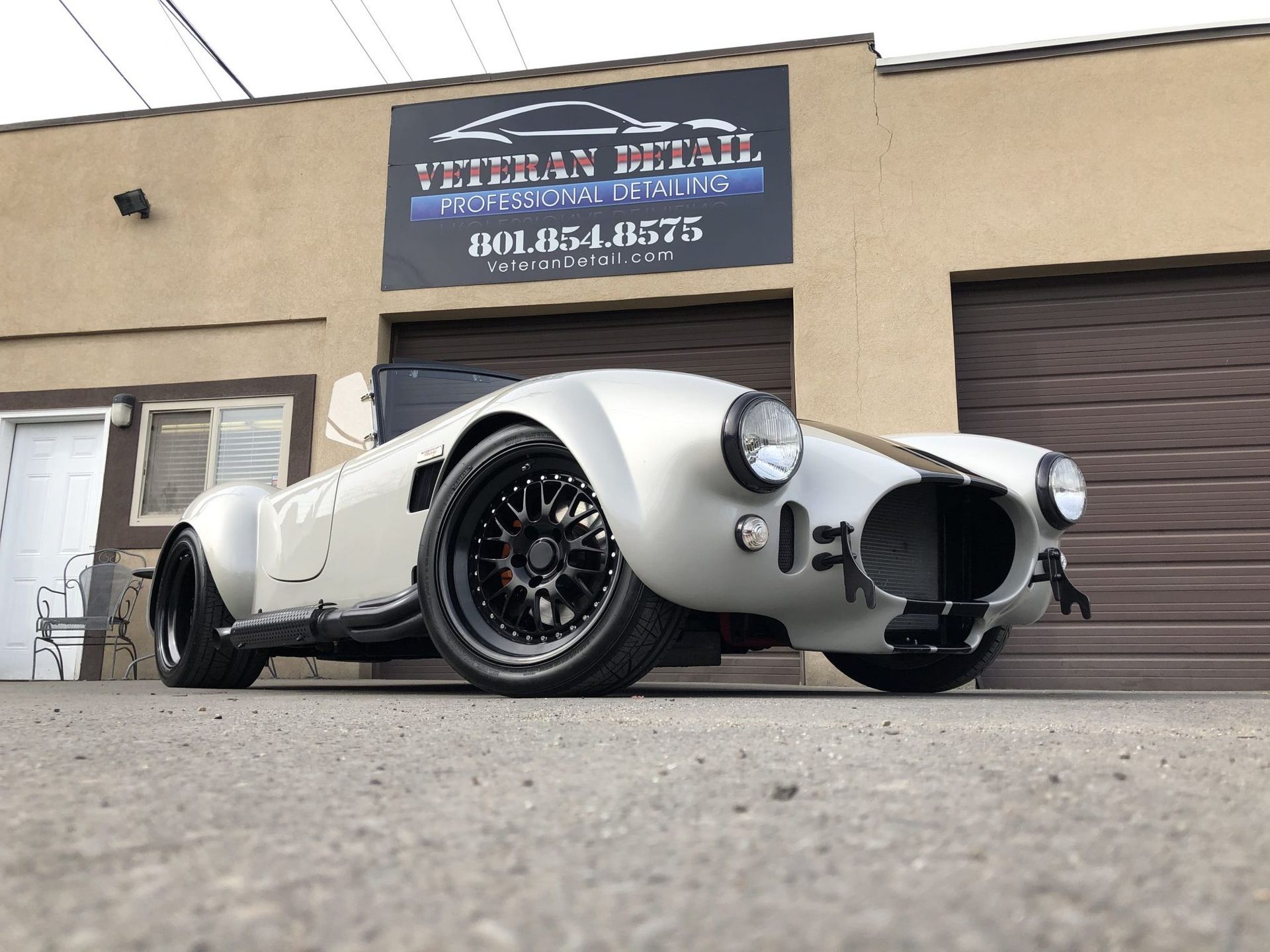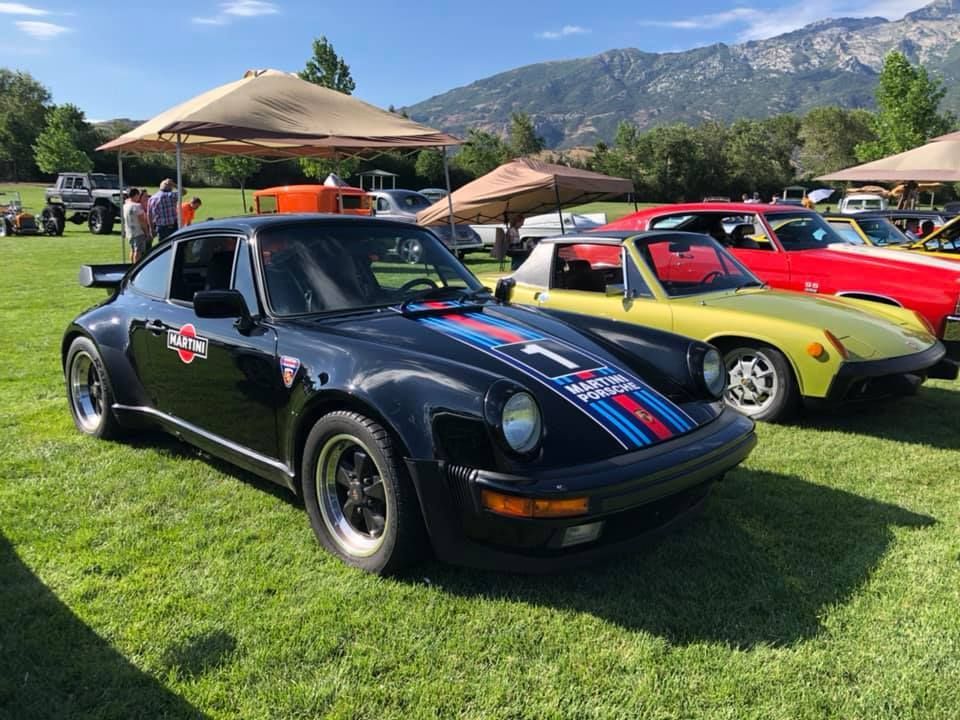
Preparing Your Classic Car for Local Shows: Detail Tips from Veteran Detail
Classic cars are more than just vehicles—they’re rolling pieces of history and pride. For owners across Utah County, local shows are a chance to showcase that hard work, passion, and attention to detail. But when it comes to preparing a classic car for display, a quick wash isn’t enough. Judges and enthusiasts notice everything: paint clarity, chrome shine, wheel condition, and even interior freshness.
Veteran Detail specializes in preparing vehicles for local shows, with a particular passion for classics. In this article, we’ll cover the unique challenges of detailing older cars, explain the steps needed to prepare them for the spotlight, and share expert tips that ensure your classic stands out at Utah County’s car shows.
The Unique Needs of Classic Car Detailing
Classic cars require more care than modern vehicles because of their age, paint systems, and materials. Here are some key reasons they need a specialized approach:
- Delicate paintwork: Many classics have single-stage paint rather than today’s clear coat systems, which require careful correction and polishing.
- Chrome and metal trim: These surfaces tarnish easily and need gentle polishing for maximum shine.
- Older interiors: Leather, vinyl, and upholstery in classics often show wear and demand reconditioning instead of standard cleaning.
- Mechanical display value: Even under-hood detailing matters at shows, as judges often check the engine bay for cleanliness.
Because of these factors, classic cars can’t just go through a standard car wash. They need experienced hands and professional-grade products to preserve originality while enhancing presentation.
How to Prepare Your Classic Car for a Show
Getting a classic car ready for a local event takes preparation and attention to detail. Here’s a step-by-step guide to ensure your car is show-ready:
Step 1: Wash and Decontaminate
Start with a gentle, thorough wash. Use pH-balanced soap and microfiber mitts to avoid scratches. For classics, avoid harsh chemicals that can damage older paint systems. After washing, use a clay bar to remove embedded contaminants for a smoother finish.
Step 2: Paint Correction
Paint is often the first thing people notice. With classics, swirl marks, oxidation, and fading are common. Multi-stage polishing helps restore depth and clarity, bringing out the richness of the color. For single-stage paint, polishing must be done carefully to avoid thinning.
Step 3: Chrome and Trim Polishing
Shiny chrome is a hallmark of classic cars. Use specialized chrome polish and soft cloths to remove tarnish and restore luster. Don’t forget details like window trim, emblems, and bumpers.
Step 4: Interior Detailing
A clean interior shows that the car has been cared for inside and out. Vacuum thoroughly, clean and condition leather, and refresh carpets or mats. Pay attention to dashboards and gauges, as dusty or faded components can detract from presentation.
Step 5: Wheel and Tire Care
Polish wheels and dress tires with a satin finish for a factory-correct look. Avoid overly glossy tire shines, as they can appear unnatural for classic presentations.
Step 6: Engine Bay Cleaning
A tidy engine bay impresses judges and fellow enthusiasts. Wipe down components, clean hoses, and ensure there’s no grease buildup. Use low-moisture methods to avoid electrical issues in older cars.
Step 7: Finishing Touches
Right before the show, do a final wipe-down with a detailing spray to remove dust. Keep microfiber towels handy for touch-ups throughout the day.
FAQs About Classic Car Show Preparation
- How far in advance should I detail my classic before a show?
Detailing should be done one to two weeks in advance. Final touch-ups can be performed the day before or morning of the event. - Can ceramic coatings be applied to classic cars?
Yes, but with caution. For cars with original single-stage paint, ceramic coatings may not always bond properly. Professional evaluation is recommended. - What’s the best way to keep a classic clean during a show?
Carry microfiber towels and a quick detailer spray. Gently wipe off fingerprints, dust, or pollen as needed throughout the day. - Should I detail the engine bay even if judges won’t look?
Yes. Even if it’s not officially judged, enthusiasts often peek under the hood. A clean engine bay adds credibility to the overall presentation. - Is waxing enough for show prep?
Waxing provides a temporary shine, but paint correction followed by a high-quality sealant or coating will give a deeper, longer-lasting finish.
Conclusion
Local car shows in Utah County are the perfect opportunity to share the story and craftsmanship of your classic car. But to truly stand out, proper detailing is essential. From paint correction to chrome polishing and interior care, every detail matters when judges and enthusiasts gather around.
Veteran Detail has the expertise to prepare classics for the spotlight. With a veteran-owned commitment to integrity and precision, they ensure your vehicle is not only preserved but presented at its absolute best. With
professional detailing, your classic car will capture attention and admiration at every local show.
